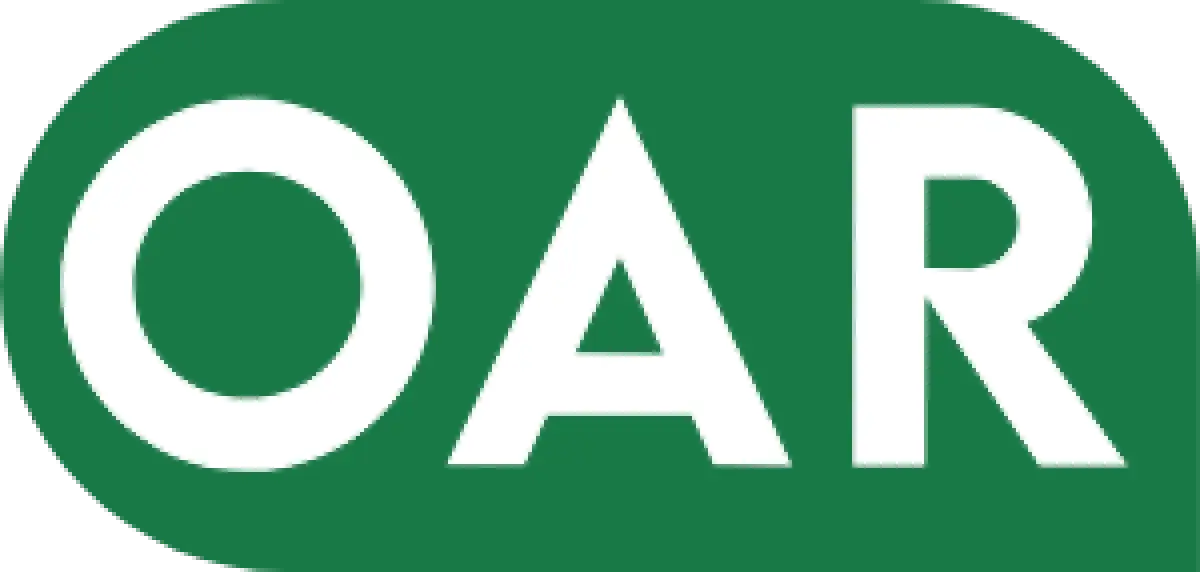How to Chase an Invoice: A Detailed Plan from Experts
Jul 16, 2024

Navigating the process of following up on overdue invoices requires a balance of professionalism and persistence. It's important to approach the situation diplomatically to preserve client relationships while ensuring that your business remains solvent.
Our team has prepared practical strategies and tips on effectively chasing an invoice. We'll cover each step in detail, from initial reminders to escalating the situation if necessary.
The Process of Chasing an Invoice
Timely follow-up on outstanding invoices can prevent late payments and reduce the risk of bad debt. However, the process needs a structured approach that involves several stages, from early contact with the client to more assertive measures as payment deadlines approach and pass.
Early Contact and Collecting the Necessary Information
Early contact is crucial in invoice-chasing, as it sets the foundation for timely payments. By proactively reaching out to the client, businesses can ensure that all necessary information is gathered, reducing the likelihood of delays and misunderstandings.
- Identifying the correct contact person
To begin with, it is essential to identify the correct individual responsible for payments within the client's organisation. This can be done by contacting the general office or reception, and asking for the finance or accounts payable department. Having the right contact information is vital to ensure that the inquiry reaches the appropriate person without unnecessary delays.
- Collecting invoice requirements
The next step is to understand the client's specific invoice requirements. Each client may have unique needs regarding invoice formats, required documentation, and submission processes. It is important to ask the client what details must be included on the invoice, such as purchase order numbers, project codes, or VAT information. Ensuring all this information is correct and complete will help prevent the invoice's rejection or delay.
- Vendor onboarding process
Some clients may require a vendor onboarding process before processing any invoices. It is important to check if this is necessary and complete any required steps as early as possible. This might involve submitting business credentials, bank details, or compliance documents. Completing the vendor onboarding process promptly ensures that there are no administrative barriers when the invoice is issued.
- Informing about upcoming invoice
The final step includes informing the client that an invoice will soon be issued. This proactive approach sets clear expectations and helps the client prepare for the upcoming payment. Communicate the expected timeline for the invoice issuance and payment terms, and ensure the client acknowledges receipt and understanding.
Contact Our Expert Team to Handle Your Accounts Receivable Management
Before Due Date Chase Step
This stage involves communication with the client to confirm receipt of the invoice and to establish an expected payment date. It helps identify potential issues early on and sets the stage for a seamless payment process.
Invoice Receipt Confirmation: To begin, it is essential to confirm that the client has received the invoice. This confirmation helps prevent misunderstandings or delays arising from missing or incorrect information.
- Start by sending a follow-up email or making a phone call to the client’s accounts payable department.
- Politely ask if they have received the invoice and verify that it has been forwarded to the correct person for processing.
- Ensure the invoice is in the correct format and includes all required details, such as purchase order numbers, service descriptions, and due dates.
Estimating Payment Date: Once receipt of the invoice is confirmed, the next step is to ask the client for an estimated payment date. Inquire politely about when the payment is expected to be processed and if any internal approval steps might affect this timeline. Having a clear timeline for payment is crucial as it allows for better cash flow management and helps in planning subsequent follow-ups if necessary. Understanding the client’s payment cycle can provide insights into when payments are typically made, aiding in future invoice management.
Early Overdue Chase
The early overdue chase helps create a sense of urgency and responsibility in clients, ensuring that they adhere to agreed-upon terms. It involves proactive measures to remind clients of their pending obligations and reinforce the importance of adhering to payment deadlines.
Initiating a follow-up a few days before the due date is an effective strategy to ensure the client is prepared to pay on time. This reminder jogs the client's memory and allows them to address any last-minute issues that might delay payment. By sending a courteous reminder, businesses can avoid the awkwardness of overdue payment conversations and foster a cooperative relationship with their clients.
It is also essential to reinforce the importance of timely payment. Clear communication about the significance of meeting payment deadlines can help clients understand its impact on the business's operations. This is the right time to politely but firmly warn of the potential consequences of non-payment. Mentioning deadlines and any applicable late fees or penalties can prompt the client to prioritise the payment.
Our Team Will Handle Your Early Overdue Invoices Reminders - Book a Meeting Today!
Overdue and Late Overdue Chase
Prompt and strategic action is essential when payments are late to encourage clients to settle their debts without delay. By maintaining consistent communication, businesses can effectively manage overdue and late overdue invoices, ensuring that payments are received without significant delays and minimising the need for external intervention.
- Initial Overdue Follow-Up: When a payment becomes overdue, the first step is to contact the client immediately. This should be done with a friendly yet firm approach, emphasising the importance of settling the outstanding invoice promptly. The goal is to remind clients of their obligations without damaging the business relationship.
- Using Escalation Tools: Escalation tools may be necessary if initial follow-ups do not result in payment. Pausing contracts or delaying further deliveries can incentivise the client to prioritise the overdue payment. Applying late payment penalties can underscore the seriousness of the situation and encourage faster resolution. If these measures are ineffective, considering debt recovery services or legal action may become necessary. These steps should be communicated clearly to the client, outlining the potential consequences of continued non-payment.
Contact OAR to Handle Overdue Invoices
Using Different Communication Channels
Effective invoice chasing involves using a variety of communication channels to ensure timely payments. Each channel has its unique advantages and can be utilised at different stages of the invoice-chasing process. A multichannel approach increases the likelihood of reaching the client and obtaining the necessary response.
Emails should be concise, polite and include all pertinent details about the invoice, such as the amount due, the due date, and any relevant payment instructions. This method is particularly useful for creating a documented trail that can be referenced in future communications or disputes.
- Telephone Calls
Making direct phone calls adds a personal touch to the invoice-chasing process. It allows for immediate interaction, which can more effectively resolve issues or answer questions. Maintaining professionalism during calls is essential, as it reflects the company's image and can influence the client's willingness to cooperate.
- SMS and WhatsApp
Using SMS and WhatsApp for quick reminders can be highly effective, especially for clients who prefer instant messaging over more formal methods. These messages should be concise and to the point, ensuring that the client understands the urgency without feeling overwhelmed. This approach can be particularly useful for last-minute reminders or when other channels have not elicited a response.
- Multiple Channels
Combining different communication channels increases the chances of successful invoice chasing. By tailoring the approach based on the client's preferences and previous responses, businesses can ensure they use the most effective method for each situation.
 Author: Giles Goodman, Commercial Intervention Officer OAR
Author: Giles Goodman, Commercial Intervention Officer OAR
Giles Goodman is the definitive expert in cross-border commercial debt collection, mediation, legal recovery, and accounts receivable. Based in London, his 25 years of experience provide a global perspective on preventing defaults and efficiently managing overdue accounts. Giles’s insights and analyses empower business owners worldwide with strategic approaches to financial management and recovery.

Take control of your cash flow.
Streamline Vendor Onboarding & Boost Payments Worldwide.
Contact Us
OAR | Copyright 2025


